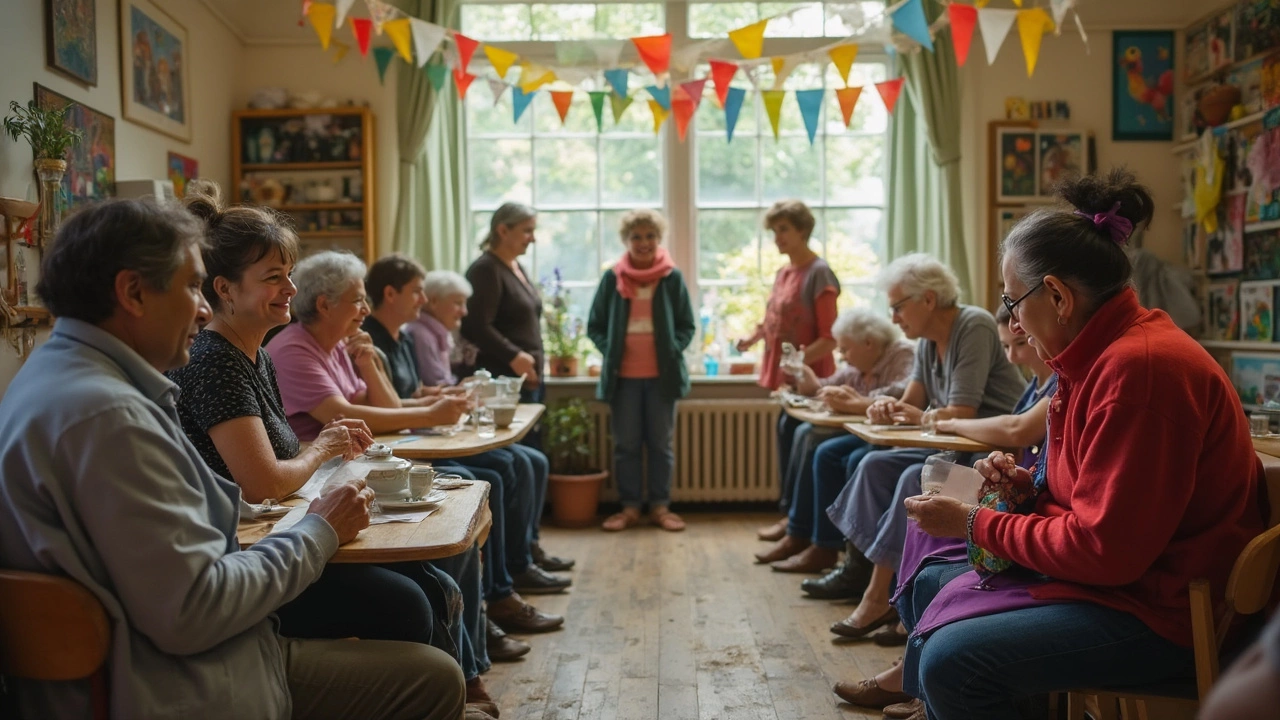Outreach Strategies for Community Impact
Ever felt like your good ideas never reach the people who need them? That happens when you skip the basics of outreach. The right strategy makes sure your message lands, your events fill up, and new volunteers show up ready to help. Below you’ll find a no‑fluff road map you can start using right now.
Simple steps to plan an outreach campaign
1. Set a clear goal. Ask yourself what success looks like – is it 50 new volunteers, $5,000 raised, or 200 seniors attending a workshop? Write the goal down so every decision has a purpose.
2. Identify who you’re talking to. Different groups need different approaches. Young families might respond to school newsletters, while retirees prefer local notice boards or a phone call.
3. Pick the right channels. Use a mix of flyers, a short video, a community Facebook post, and face‑to‑face visits. The trick is to meet people where they already spend time.
4. Craft a simple message. Drop jargon. Say what’s in it for them, how they can get involved, and when the action happens. One sentence, one call to action.
5. Train your volunteers. A community outreach worker’s day includes greeting strangers, handing out leaflets, and answering questions. Give your volunteers a quick script and a FAQ sheet so they feel confident.
6. Track what works. Keep a list of where you posted flyers, how many clicks a social post got, and how many people signed up. Adjust the plan next week based on those numbers.
Real‑world tips from local projects
Our own community outreach worker discovered that a brief coffee‑meet‑up in the town hall boosted volunteer sign‑ups by 30%. People liked the chance to ask questions face‑to‑face instead of reading a long email.
The 2025 volunteer shortage showed that quality matters more than quantity. Highlight the best volunteer qualities – reliability, a friendly attitude, and a willingness to learn – in every flyer. When volunteers feel valued, they stay longer.
Fundraising events follow a similar rule. The “3 to 1 rule” means you aim to match every dollar raised with three more from a sponsor. Promote that multiplier in your outreach copy; donors love the idea of their money doing extra work.
If you’re running a charity shop or care‑package drive, remember what not to ask for. Posts about “what not to donate” help volunteers focus on high‑need items and avoid wasted effort.
Finally, keep your outreach message fresh. Rotate stories about successful volunteers, share a quick tip from a recent event, and always end with a clear next step – sign up, donate, or attend a meeting.
Ready to put these ideas into action? Grab a notebook, write down your goal, and start talking to the people who matter most. With a bit of planning and the right language, your outreach will finally reach the people who need it most.

Community Outreach: What It Truly Means and Why It Matters
Community outreach is more than just lending a helping hand; it's about building real connections and making a visible impact in neighborhoods. This article breaks down what community outreach means, why people get involved, and how it works day-to-day. You'll find tips for starting outreach programs, as well as real-world examples that show what makes outreach efforts successful. Whether you're a volunteer or just curious, you'll learn how small actions can spark big changes. Get practical ideas that you can apply in your own community.